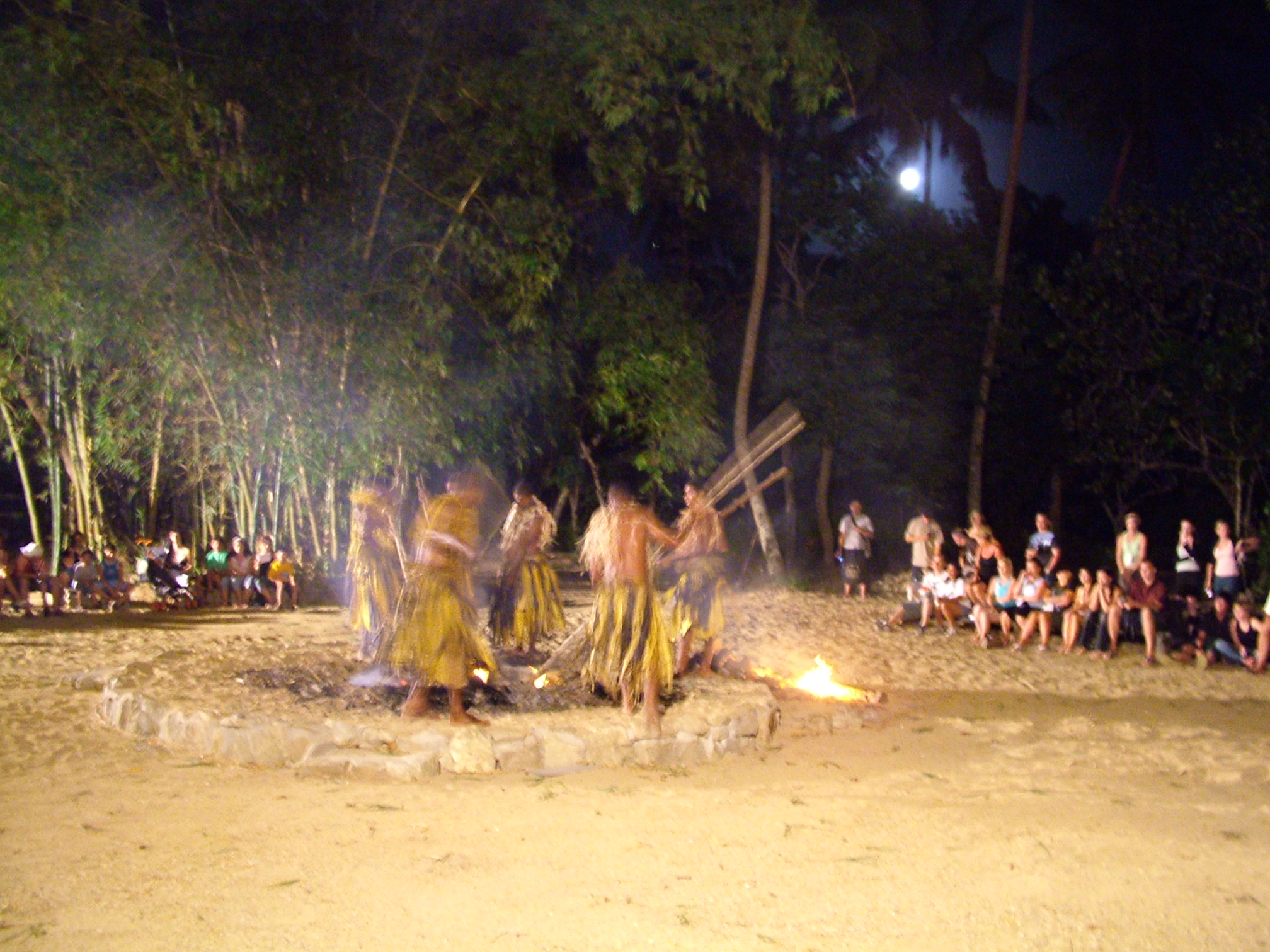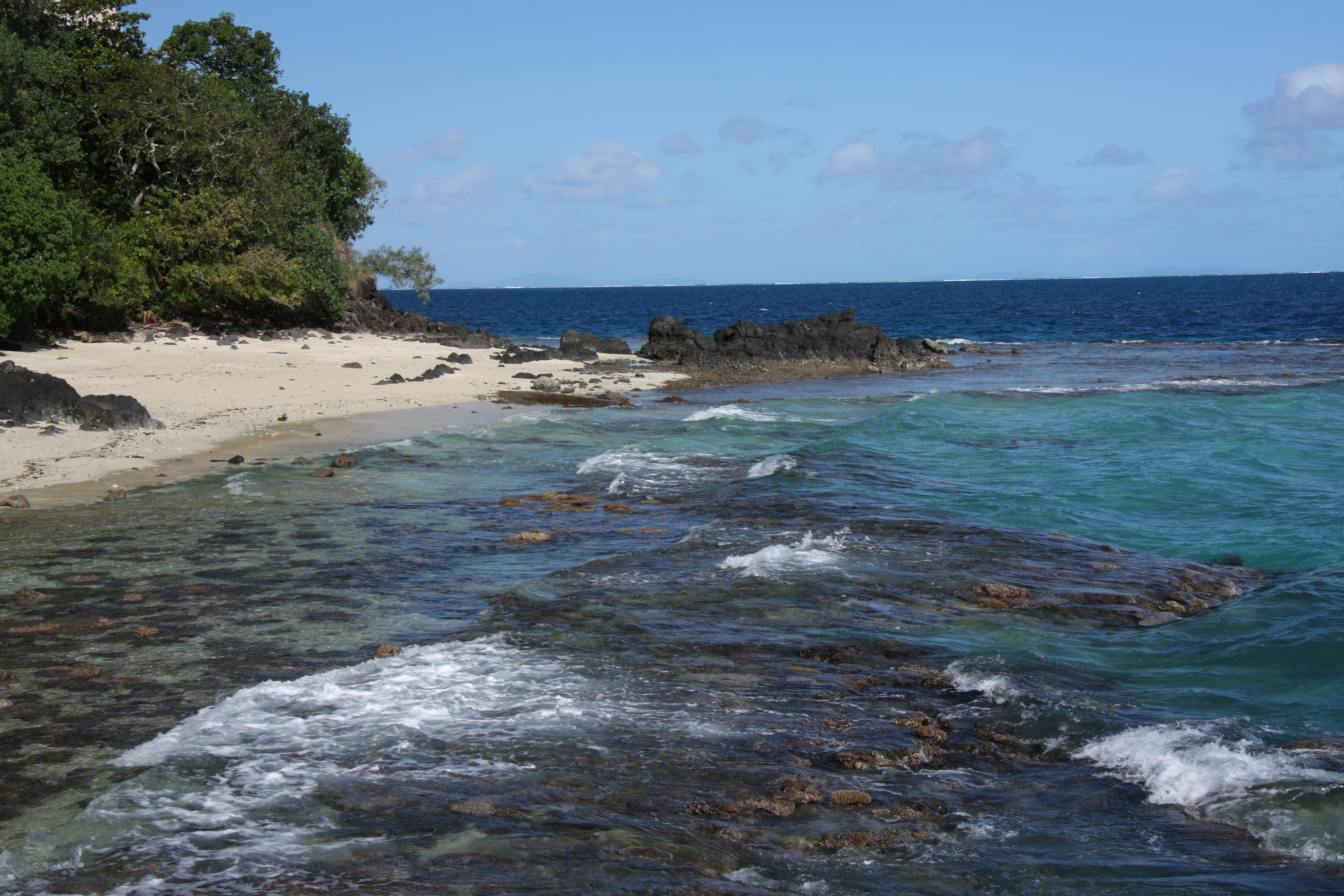|
Sawau
The Sawau () tribe in Fiji is made of 6 villages on the island of Beqa, to the south of Viti Levu, but the District is only made up of 5 villages. They are as follows: * Dakuibeqa (Chiefly Village –Tui Sawau), * Dakuni, * Soliyaga, *Naceva, *Naseuseu and *Rukua – (Part of the Tribe of Sawau but part of the District of Raviravi) The people of Sawau are world famous for performing two cultural expressions: *Vilavilairevo Firewalking is the act of walking barefoot over a bed of hot embers or stones. It has been practiced by many people and cultures in many parts of the world, with the earliest known reference dating from Iron Age India . It is often used as a rite ... (Firewalking) The phenomena was examined in 1902 when it was already a tourist attraction, with a "Probable Explanation of the Mystery" arrived at. *Yavirau or Qolikubu – (Fish drive) References Populated places in Fiji {{Fiji-geo-stub ... [...More Info...] [...Related Items...] OR: [Wikipedia] [Google] [Baidu] |
Beqa
Beqa (pronounced ) is an island in Fiji, an outlier to the main island of Viti Levu, to the south. The island has a land area of and reaches a maximum elevation of . Beqa has 9 villages broken into 2 Tikinas or Districts: Sawau and Raviravi. The villages of Dakuibeqa (the chiefly village of the Sawau people), Dakuni, Soliyaga, Naceva and Naseuseu are part of the Tikina (District) of Sawau. The villages of Nawaisomo, Raviravi, Lalati and Rukua are part of the Tikina (District) of Raviravi. Tradition Of the 9 villages on the island, Dakuibeqa Dakuni, Soliyaga, Naceva and Rukua are noted for the tradition of fire-walking. The phenomenon was examined in 1902 when it was already a tourist attraction, with a "Probable Explanation of the Mystery" arrived at. Energy The ''Fiji Times'' reported on 25 February 2006 that over 3000 inhabitants of six villages and five resorts were exploring ways to find a reliable source of power for Beqa. Wind and solar power were being conside ... [...More Info...] [...Related Items...] OR: [Wikipedia] [Google] [Baidu] |
Vilavilairevo Beqa Firewalkers
Firewalking is the act of walking barefoot over a bed of hot embers or stones. It has been practiced by many people and cultures in many parts of the world, with the earliest known reference dating from Iron Age India . It is often used as a rite of passage, as a test of strength and courage, and in religion as a test of faith. Modern physics has explained the phenomenon, concluding that the foot does not touch the hot surface long enough to burn and that embers are poor conductors of heat. History Walking on fire has existed for several thousand years, with records dating back to 1200 BCE. (livescience.com) Cultures across the globe use firewalking for rites of healing, initiation, and faith. Firewalking is also practiced by: * The Sawau clan on the island of Beqa, to the south of Viti Levu in the Fijian Islands. The phenomenon was examined in 1902 when it was already a tourist attraction, with a "Probable Explanation of the Mystery" arrived at. * San Pedro Manrique, a v ... [...More Info...] [...Related Items...] OR: [Wikipedia] [Google] [Baidu] |
Vilavilairevo
Firewalking is the act of walking barefoot over a bed of hot embers or stones. It has been practiced by many people and cultures in many parts of the world, with the earliest known reference dating from Iron Age India . It is often used as a rite of passage, as a test of strength and courage, and in religion as a test of faith. Modern physics has explained the phenomenon, concluding that the foot does not touch the hot surface long enough to burn and that embers are poor conductors of heat. History Walking on fire has existed for several thousand years, with records dating back to 1200 BCE. (livescience.com) Cultures across the globe use firewalking for rites of healing, initiation, and faith. Firewalking is also practiced by: * The Sawau clan on the island of Beqa, to the south of Viti Levu in the Fijian Islands. The phenomenon was examined in 1902 when it was already a tourist attraction, with a "Probable Explanation of the Mystery" arrived at. * San Pedro Manrique, a villa ... [...More Info...] [...Related Items...] OR: [Wikipedia] [Google] [Baidu] |
Fiji
Fiji ( , ,; fj, Viti, ; Fiji Hindi: फ़िजी, ''Fijī''), officially the Republic of Fiji, is an island country in Melanesia, part of Oceania in the South Pacific Ocean. It lies about north-northeast of New Zealand. Fiji consists of an archipelago of more than 330 islands—of which about 110 are permanently inhabited—and more than 500 islets, amounting to a total land area of about . The most outlying island group is Ono-i-Lau. About 87% of the total population of live on the two major islands, Viti Levu and Vanua Levu. About three-quarters of Fijians live on Viti Levu's coasts: either in the capital city of Suva; or in smaller urban centres such as Nadi—where tourism is the major local industry; or in Lautoka, where the Sugarcane, sugar-cane industry is dominant. The interior of Viti Levu is sparsely inhabited because of its terrain. The majority of Fiji's islands were formed by Volcano, volcanic activity starting around 150 million years ago. Some geo ... [...More Info...] [...Related Items...] OR: [Wikipedia] [Google] [Baidu] |
Central Division, Fiji
The Central Division (Fiji Hindi: सेंट्रल डिवीजन) of Fiji is one of Fiji's four divisions. It consists of five provinces - Naitasiri, Namosi, Rewa, Serua and Tailevu. The capital of the division is Suva, which is also the capital of Fiji. The division includes the eastern part of the largest island in Fiji, Viti Levu Viti Levu (pronounced ) is the largest island in the Republic of Fiji. It is the site of the nation's capital, Suva, and home to a large majority of Fiji's population. Geology Fiji lies in a tectonically complex area between the Australian P ..., with a few outlying islands, including Beqa. It has a land border with the Western Division on Viti Levu, and sea borders with the Northern Division and Eastern Division. The Central Division includes most of the Kubuna Confederacy and part of the Burebasaga Confederacy, two of the three hierarchies to which Fiji's chiefs all belong. The nonconformity between the boundaries of ... [...More Info...] [...Related Items...] OR: [Wikipedia] [Google] [Baidu] |
Viti Levu
Viti Levu (pronounced ) is the largest island in the Republic of Fiji. It is the site of the nation's capital, Suva, and home to a large majority of Fiji's population. Geology Fiji lies in a tectonically complex area between the Australian Plate and the Pacific Plate. The Fiji Platform lies in a zone bordered by active extension fault lines, around which most of the shallow earthquakes in the area have been centred. These fault lines are: the Fiji Fracture Zone (FFZ) to the north; the 176° Extension Zone (176°E EZ) to the west; and the Hunter Fracture Zone (HFZ) and Lau Ridge to the east. The oldest rocks on the island are those formed during the Eocene and Lower Miocene epochs that belong to the Wainimala group. The lower portion of the group is made up of volcanic flows and volcanoclastics, which grade from basalt to trachyte and rhyolite. Geographically, this group is found south of Nadi, including on the peaks of Koromba (at 3528 feet high) and Natambumgguto (at 1242 ... [...More Info...] [...Related Items...] OR: [Wikipedia] [Google] [Baidu] |
Transactions And Proceedings Of The New Zealand Institute
The ''Transactions and Proceedings of the Royal Society of New Zealand'' was a scientific journal and magazine published by the Royal Society of New Zealand. Before 1933 the society was called the New Zealand Institute, and the journal's name was ''Transactions and Proceedings of the New Zealand Institute''. It was active between 1868 and 1961 and was the most important scientific journal in New Zealand. Notable contributors *Thomas Cheeseman, naturalist *William Colenso, botanist *Harold John Finlay, palaeontologist and conchologist. * Charles Fleming, ornithologist and palaeontologist *James Hector, geologist *Thomas Hocken, botanist and anthropologist *Ernest Rutherford, chemist and physicist, Nobel laureate The Nobel Prizes ( sv, Nobelpriset, no, Nobelprisen) are awarded annually by the Royal Swedish Academy of Sciences, the Swedish Academy, the Karolinska Institutet, and the Norwegian Nobel Committee to individuals and organizations who make out ... References E ... [...More Info...] [...Related Items...] OR: [Wikipedia] [Google] [Baidu] |


.jpg)

